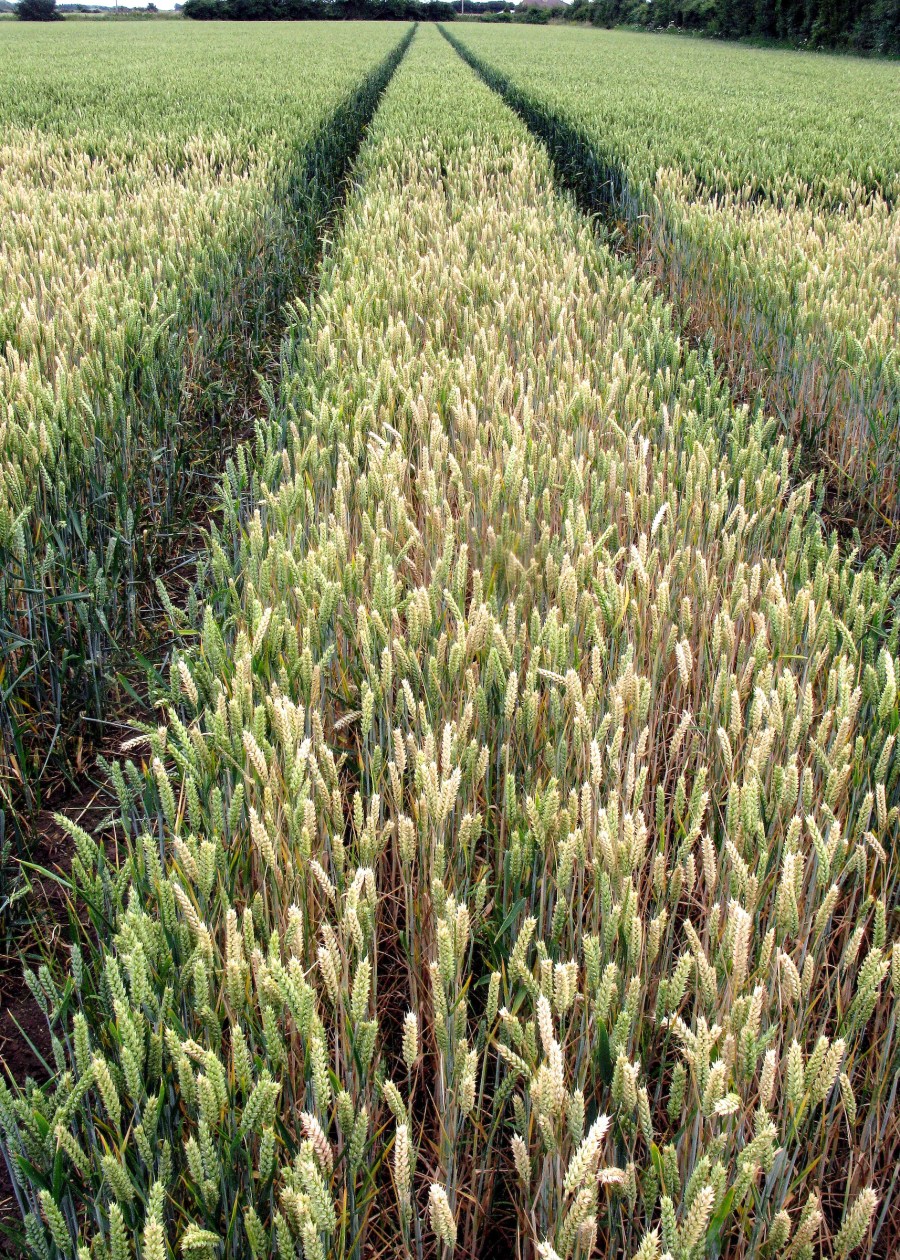Take-all is considered the top challenge for second wheat growers and with a decline in available actives, only one specialist treatment remains to help growers tackle it. CPM reviews Certis’ Latitude.
By Charlotte Cunningham
Latitude, from Certis, is now the only seed treatment on the market to protect crops from take-all following the loss of Jockey (fluquinconazole + prochloraz) seed treatment last year.
Registered for use in both spring and winter wheat, as well as winter barley – and EAMU’s for durum wheat, rye and triticale – Latitude can be a helping hand for keeping crops healthy and disease free in higher risk situations. “For growers with rotations that include second and third wheats, winter barley following a cereal crop, or first wheats after fallow or spring cereals, Latitude really comes in to its own in terms of protecting against take-all,” explains Chris Charnock, product manager at Certis. “The problem with take-all is that you don’t know how damaging it is going to be until it is too late.”
So how exactly does it work? After sowing, Latitude works by creating a protective barrier within the soil which protects the roots of seedlings against the primary phase of the take-all pathogen in the autumn. By early tillering, this barrier spreads to protect the roots and is maintained right through to late tillering – slowing down the development of take-all. “This protective zone allows the plant to achieve optimal growth during the critical stages of development. By reducing crop stress from take-all, rooting is promoted, and water and nutrient uptake improves, leading to increased crop health,” says Chris.
The product has proved itself in extended trials which showed that seed treated with a single-purpose dressing, plus Latitude provides an average yield response of 0.55t/ha in second wheat, delivering a return on investment of £55/ha or more. “In some high-pressure situations average yield responses of 0.74t/ha have been recorded,” he adds.
However, it is important to note that Latitude alone will not prevent take-all attacks and should be used as part of an integrated management plan – taking into account factors such as drilling date, variety, seed rates and nitrogen applications, warns Chris. “Feedback from growers has told us that after variety choice, using a take-all seed treatment is the most important factor in optimising second wheat performance. Without take-all control second wheat yields can be cut by as much as 50%.”
For more information visit: https://www.certiseurope.co.uk/products/fungicides/detail/article/latitude-1.html




